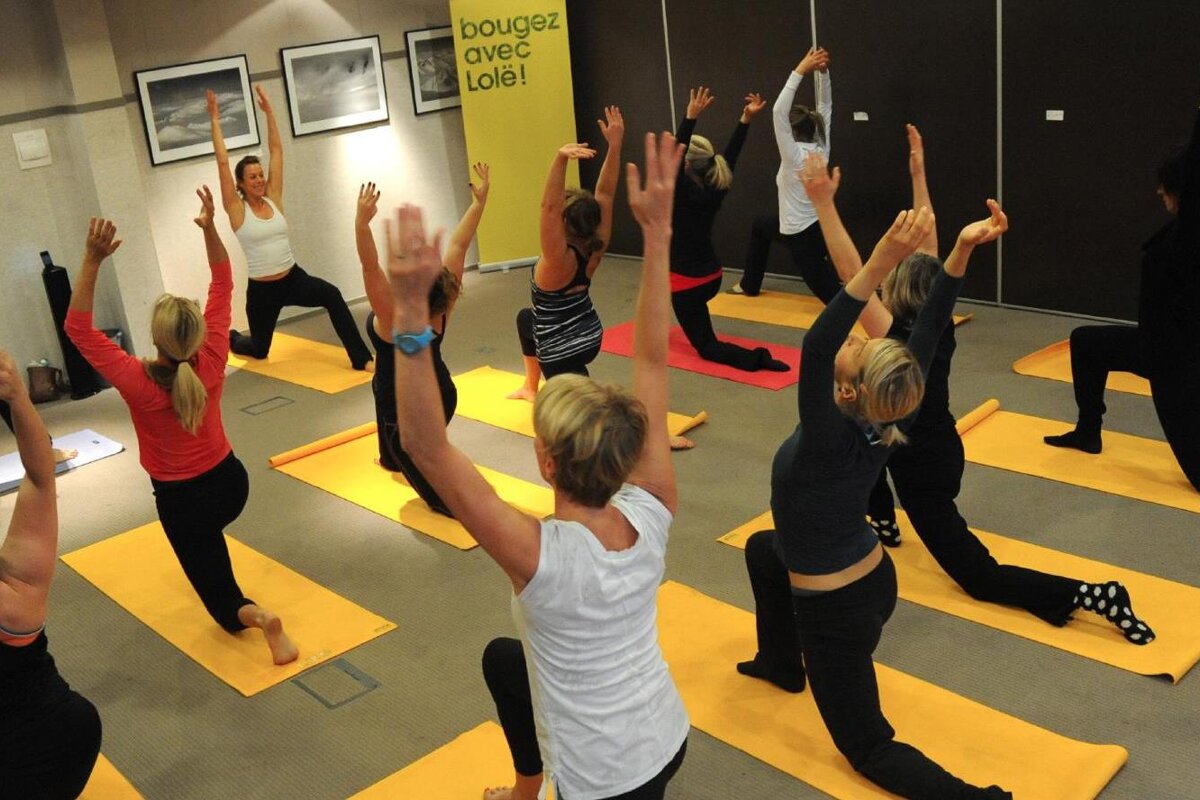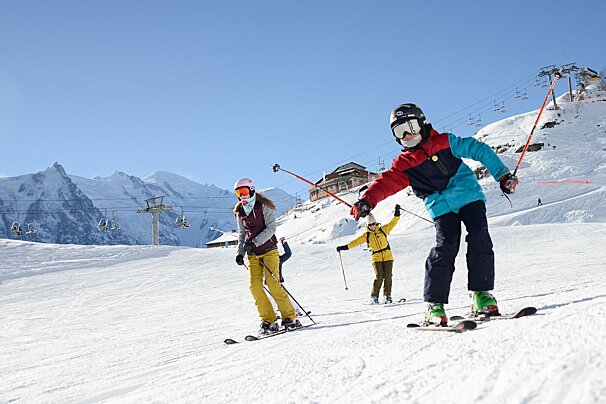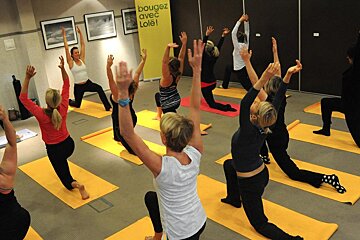
Ski Fitness in Chamonix
Discover the top Chamonix ski fitness techniques
The anticipation of the first day on the mountain gets us excited about all sorts of things; the latest dump of snow, what to update for this season's kit – but how much thought do we give to preparing ourselves physically?
Getting our bodies in shape can protect us against injury, enhance our performance and minimise morning after aches and pains. Below is some advice regarding pre-season exercise for skiers and snowboarders. Have a great season, be fit and be safe.
Watch this
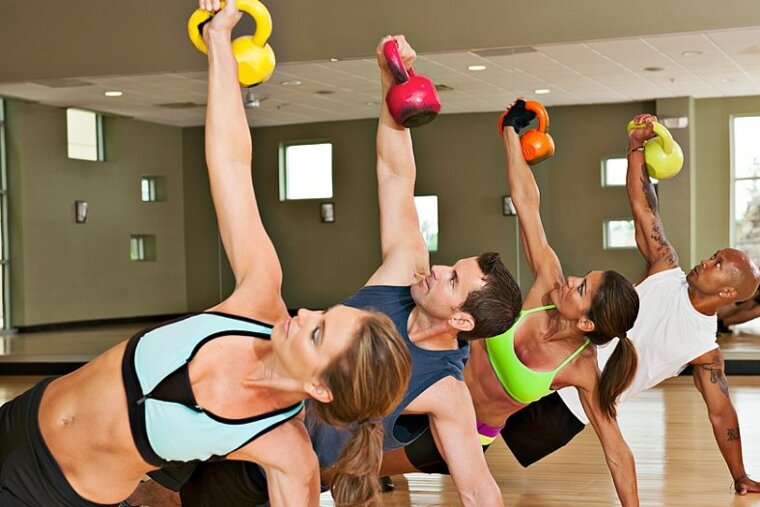
How to avoid a ski injury
Keeping fit and basic precautions can help avoid injuries, and you can protect yourself further with body protection.
Helmets should be worn by everybody. Wrist guards are a must for snowboarders of all levels, impact shorts and knee pads are useful when learning to snowboard and when using the park and finally, back protectors will help depending on the risk you're exposing yourself to.
Some skiing and snowboarding facts
- Around 80% of injuries are caused by falling
- Around 10% of injuries are from collision (with other people or objects)
- 60% of injuries occur in the first season
- 25% of skiing and snowboarding injuries occur on the first day
- 30% of skiing injuries are to the knee with about a half of these being ACL injuries
Hydration
If you're dehydrated (or hungover) this will affect your reaction times, strength and endurance. Try drinking water along with your alcohol the night before and take regular sips from a hydration pack (such as a Camelbak or Platypus bag) when on the mountain.
Insurance
Not a fitness tip as such, but insuring yourself will make sure that in the case of an accident you receive all the healthcare you need without the financial costs hurting more than the actual injury. Please read our article on winter sports insurance for more information.
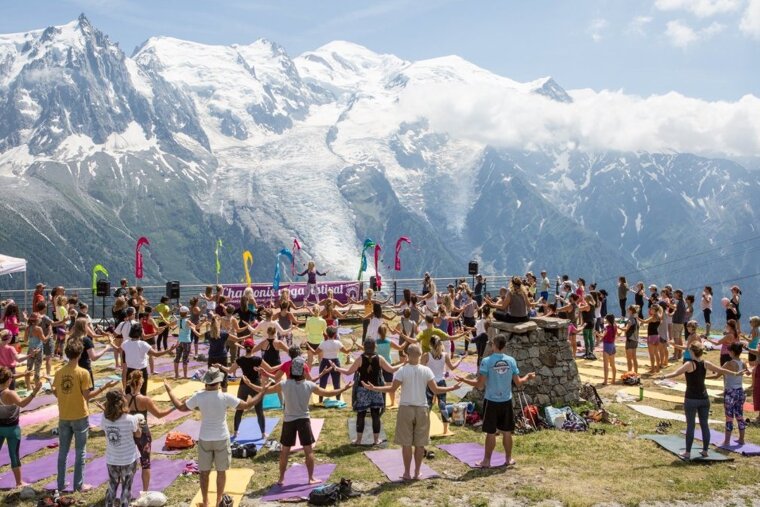
Pre winter season exercise training
Work your cardio, core strength and flexibility for a better performance. Ideally, your pre-season exercise training should begin at least six weeks before you first head off to the slopes and should consist of the following areas of exercises:
Cardiovascular fitness
Exercises that work the quadriceps tend to be the best preparation such as jogging, walking up and down stairs and cycling are great disciplines for both skiing and snowboarding. Swimming is good for the heart rate, lung capacity and all over muscle tone – it also has less impact on your joints than some other exercises.
Flexibility
Joints and muscles need to have the correct range of motion to be able to perform the actions required for skiing and snowboarding. Good flexibility also enables the skier to be able to cope better with those inevitable falls. Regular stretching prior to the season will improve your flexibility and repeating these stretches just before you head up the mountain will warm your joints and muscles up, making you less prone to injury. Stretching should be gradual and gentle, do not ‘bounce’ on a stretch or push yourself so far that it hurts. Once you have reached what you feel is full stretch, breathe out and relax; so many people hold their breath and stiffen when they are trying to bend further. Joining a yoga class is beneficial for teaching you how to compliment stretching with breathing, to maximise the benefits.
- Posterior thigh – sit sideways on a table or bench, ensuring that you can comfortably reach the floor with one foot. Place the other leg along the bench and turn your upper body in the same direction. Lean forward (try to fold from the waist rather than hunching your back) and look at your toes. You should feel a stretch behind your knee and up the back of your leg; you can increase the stretch to your calves by flexing your foot so that your toes point to the ceiling. Hold the stretch by reaching as far down your leg as you can comfortably manage and breathe out.
- Anterior thigh – stand near a chair or wall for balance and bring one foot up behind you, grasp it in your hand and gently pull it up towards your buttocks. Keep your hips level and forwards and do not let your bent knee come forwards. You should feel a deep stretch up the front of your thigh.
- Hip rolls – perhaps not one to try in the lift queue or gondola, but give it a try before you leave in the morning! Lie on your back with knees bent and feet flat on the floor. Turn your head to one side and let your knees fall to the opposite side, resulting in a twist through your torso. Hold for five seconds while you relax and breathe through it. Return to the start position and repeat on the other side. Make sure you do this exercise in a gentle, controlled manner to avoid straining your back.
Endurance
Endurance exercises are necessary so that muscles will be better able to cope with fatigue at the end of a busy day when injuries are most likely to occur. Circuit training is good preparation as not only are you working different sets of muscles but you are also keeping the heart rate up for an extended period of time, thus increasing your stamina. You can devise your own circuit training programme by going running somewhere like a park or beach; you can include sets of press-ups, crunches, star jumps, lunges and squats in your usual run (as long as you don’t mind attracting a few looks). You can also use obstacles such as benches, fences or playgrounds to do dips, steps and other exercises. Weight training is also good for strength and endurance but if this is new to you then go to a gym and ask for advice on technique and what size weights you should be lifting, otherwise you could do yourself more harm than good.
Balance and agility
Great reactions times and ability to be quick on one's feet can help your athleticism and again reduce the risk of injury. A simple piece of kit such as a skipping rope can provide a good work out, or try doing some of the static exercises (such as squats) on a wobble board. If you have a bit of space, such as a garden or driveway, you could set up a ‘slalom course’ using obstacles that you do short shuttle runs through. You could also lay a ladder or a series of hoops on the ground and either run along them, placing your feet in the gaps, or jump from one gap to the next. Start slowly and build up, otherwise you could end up flat on your face!
Core stability
Core stability (typically achieved through Pilates type exercises) can provide you with a muscular framework to protect your lower back, particularly as fatigue sets in. One good exercise for the stomach and back is the side plank. Lie on your side and raise your upper body onto your elbow. Try and keep your shoulders, hips and legs parallel so that your body is straight. Raise the rest of your body so that your weight is supported on the elbow and foot that are in contact with the floor. Hold this for as long as you can, keeping your stomach and lower back muscles engaged to maintain the posture. If this is too easy for you then raise your body on your hand rather than your elbow, you can also do raises with the upper leg if you really want to show off. Most fitness centres offer Pilates classes; you are best learning the basics under the watchful eye of an instructor if you want to maximise the benefit and avoid injury through incorrect technique.
There are loads of useful exercises that can be performed without joining a gym, such as:
- Cycling, running and swimming for cardiovascular fitness
- Squats (thighs), lunges (thighs and glutes) and calf raises
- Balance work and plyometrics (short sharp bursts of movement that encourage enhanced sports performance)
- These can be enhanced with simple equipment such as wobble boards and Swiss ball
If you feel any joint pain when exercising you should stop and seek the advice of a physiotherapist who will check that you are performing your exercises correctly and assess and treat your symptoms.
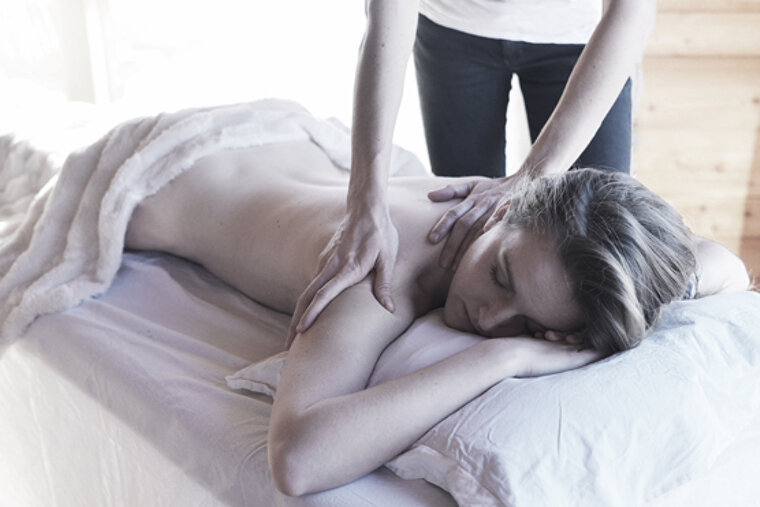
Recovering from injury
Recovering from injuries with R.I.C.E. and physiotherapy. If you have a sprain, strain or bruise from a ski injury you can start the R.I.C.E program to help with your recovery.
- Rest injured tissues must have a period of rest to heal
- Ice 10 minutes frequently is better than one long application
- Compression with a moderately firm bandage to control swelling
- Elevate the injured part to help drainage and reduce swelling
Physiotherapy and massage can help in the acute stages of an injury; protective strapping and advice regarding exercise will help you return to activity. You may then be given advice and exercise to help you avoid similar problems in the future.
Massage can help you recover and relax after exercise and promote healing following soft tissue injury.
See our selection of Chamonix spas to find a sports massage near you.
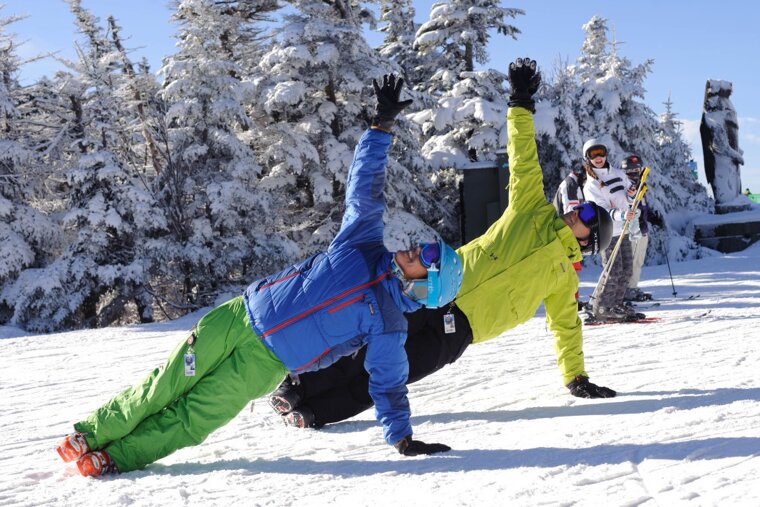
Warm up, cool down
Ease in and out of skiing on the slopes with these simple exercises. You should incorporate warm up and cool down periods for any kind of exercise.
- Standing forward leg swing - 20 reps each leg
- Standing side to side Leg Swing - 20 reps each leg
- Hip openers - 20 reps each leg
- Hip rotation - 10 reps each direction
- Arm rotations - 20 reps each side + 10 together
- Lunges with optional use of poles - 20 reps each leg
In reality when in resort this doesn't always happen but in Chamonix you can make the most of a walk to the lift. Even little things that you can do while you're standing around will help such as circling shoulders and hips, bringing knees up to hug your chest, rotating your ankles (just try not to wave your ski poles around at the same time, you won’t make yourself popular).
If you haven't been able to do some warm ups then start the day slowly by taking it easy with your first few runs.
If you do nothing else try and stretch out at the end of the day and focus on your quads (thighs), calves and glutes. If you don’t, the aches and pains the next morning will tell you exactly which areas you need to focus on next time!
More inspiration...
If that's got you ready to go, how about a ski lesson to get you back in the habit, and don't forget to buy your ski pass!
